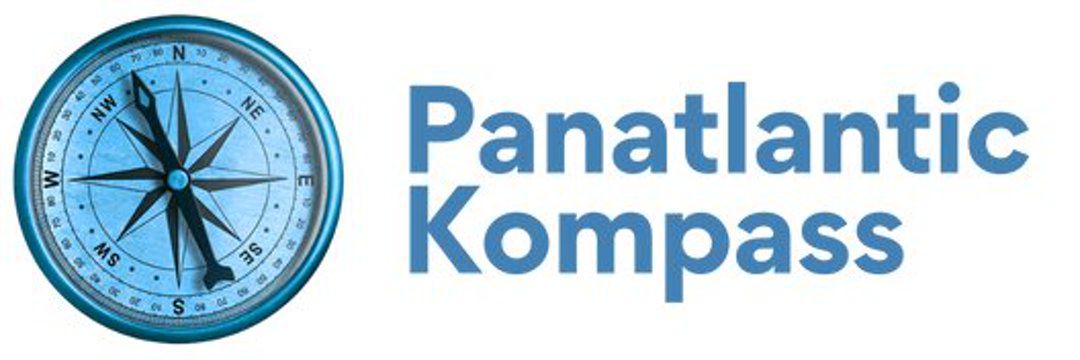After months of trade war talks and uncertainties, US President Donald Trump has officially imposed a 14% tariff on exports from Nigeria to the United States as he implemented country-specific reciprocal tariffs aimed at nations that impose higher duties on American goods.
For instance, the US claims that it pays 27% tariff on its exports to Nigeria as against the 14% tariff that goods imported from Nigeria will now attract following the latest rounds of tariff imposed by the US.
Trump didn’t only impose higher tariff rates on nations that run trade surpluses with the United States as a 10% baseline tariff on imports from all countries was also announced, in a decision that marks a significant escalation in trade measures, potentially reshaping global economy.
Making the announcement during a Rose Garden event tagged “Liberation Day,” Trump kicked off what he termed a new era of “fair trade,” promising to “supercharge America’s industrial base.”
“This is one of the most important days in American history,” Trump said, adding that the US “will supercharge our domestic industrial base, we will pry open foreign markets and break down foreign trade barriers.”
Figures from the National Bureau of Statistics indicate that in 2024, Nigeria recorded exports worth approximately $5.29 billion to the United States, while U.S. imports from Nigeria reached $3.88 billion. This resulted in a modest trade surplus of around $1.4 billion, Pan-Atlantic Kompass learnt.
With the newly imposed 14% tariff on Nigerian goods, industry analysts warn that Nigeria’s export revenues could diminish the competitiveness of Nigerian exports in the U.S. market, leading to reduced export volumes and narrower profit margins for Nigerian exporters.
Asides Nigeria, the Trump administration has also officially implemented a reciprocal tariff policy that is set to impact several African nations, including South Africa, Ghana, Ethiopia, and Mauritius, in a move that is expected to redefine trade relations between the U.S. and the continent.
As part of the latest adjustments, Nigeria, which currently imposes a 27% tariff on U.S. goods, will now face a 14% reciprocal tariff on its exports to America. Similarly, South Africa, which has a 60% tariff on U.S. goods, will now see a matching 30% tariff imposed on its exports to the U.S.
While Nigeria and South Africa’s tariffs are not the highest among African nations, their inclusion in the list signals that Washington is casting a wider net—targeting not only economic rivals but also developing nations that previously enjoyed preferential trade terms under agreements like AGOA (African Growth and Opportunity Act).
According to official figures, several African nations are now subject to the reciprocal tariff framework.
- 14% on Nigeria (which currently imposes 27% on U.S. imports)
- 30% on South Africa (matching its 60% tariff on U.S. goods)
- 40% on Mauritius (which imposes a staggering 80% on U.S. goods)
- 10% on Ghana (matching its 17% tariff on U.S. goods)
- 10% on Ethiopia (matching its 10% tariff on U.S. goods)
- 30% on Algeria (in response to Algeria’s 59% tariff on U.S. goods)
- 21% on Namibia (which currently imposes 42% on U.S. imports)
- 50% on Lesotho (matching its 99% tariff burden on U.S. goods)
- 10% on Kenya (matching its existing 10% tariff)
The highest tariffs have been levied on Mauritius, Lesotho, and Algeria, while South Africa and Nigeria are among the largest economies affected by these adjustments.





